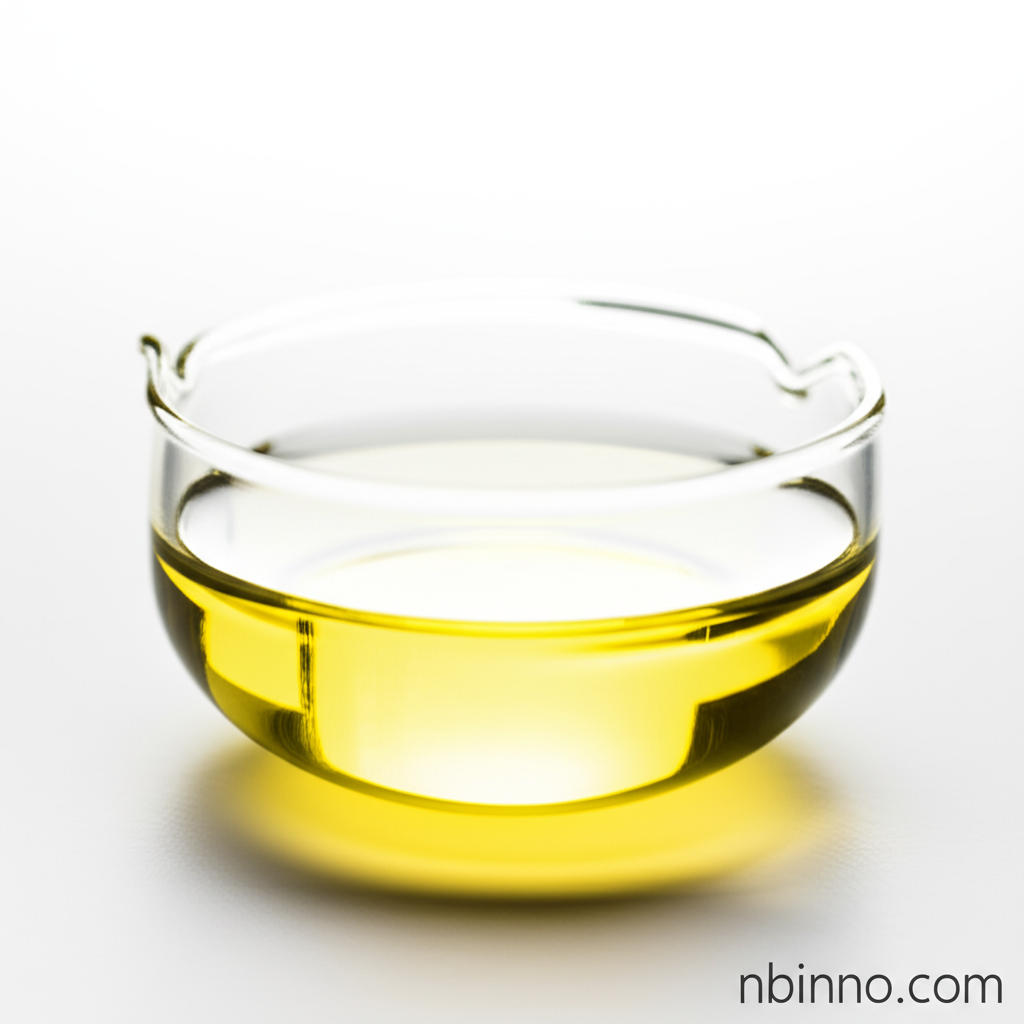Chloramine: Synthesis, Applications, and Safety Profile of a Versatile Disinfectant and Chemical Reagent
Explore the multifaceted world of chloramine, a crucial chemical compound widely used in water disinfection and industrial synthesis. Discover its properties, applications, and the safety considerations that make it a vital component in modern chemistry and public health.
Get a Quote & SampleProduct Core Value

Chloramine
Chloramine, an inorganic compound with the general formula NH2Cl, is a critical chemical used by manufacturers and suppliers worldwide. Its primary value lies in its potent disinfecting capabilities, making it a preferred choice for municipal water treatment and swimming pool sanitation. As a chemical synthesis reagent, it plays a key role in producing other essential compounds, demonstrating its versatility. We are proud to be a reliable supplier in China, offering high-quality chloramine for diverse industrial needs.
- The synthesis of chloramine is a key area of chemical manufacturing, often involving the reaction of ammonia with chlorine or hypochlorous acid, a process vital for producing effective water treatment agents.
- Understanding the chemical properties of chloramine is crucial for safe handling and application, particularly its instability and sensitivity to light, air, and heat.
- The application of chloramine in water treatment is a major focus, providing a stable residual disinfectant that effectively controls microbial regrowth in distribution systems.
- As a key chemical synthesis reagent, chloramine is integral to the production of other vital chemicals, contributing to various industrial processes.
Advantages Provided by the Product
Stable Disinfection Residual
Leveraging chloramine for water disinfection ensures a lasting residual throughout distribution networks, a critical factor for maintaining water quality and public health.
Reduced Byproduct Formation
Compared to free chlorine, chloramine significantly lowers the formation of harmful trihalomethanes and haloacetic acids, contributing to safer drinking water.
Versatile Chemical Intermediate
As a vital chemical synthesis reagent, chloramine is essential for manufacturing other chemicals, highlighting its broad industrial applicability.
Key Applications
Water Disinfection
Chloramine is extensively used in municipal water treatment facilities to disinfect drinking water, providing a persistent residual that inhibits bacterial growth and ensures public health safety.
Swimming Pool Sanitation
Its effectiveness against a range of microorganisms makes chloramine a popular choice for maintaining sanitary conditions in swimming pools and recreational water bodies.
Chemical Synthesis
In industrial settings, chloramine serves as a crucial reagent for various chemical syntheses, notably in the production of hydrazine and other organic compounds.
Laboratory Reagent
Chloramine is employed in analytical chemistry and research laboratories as a standard and reagent for various experimental procedures and studies.
